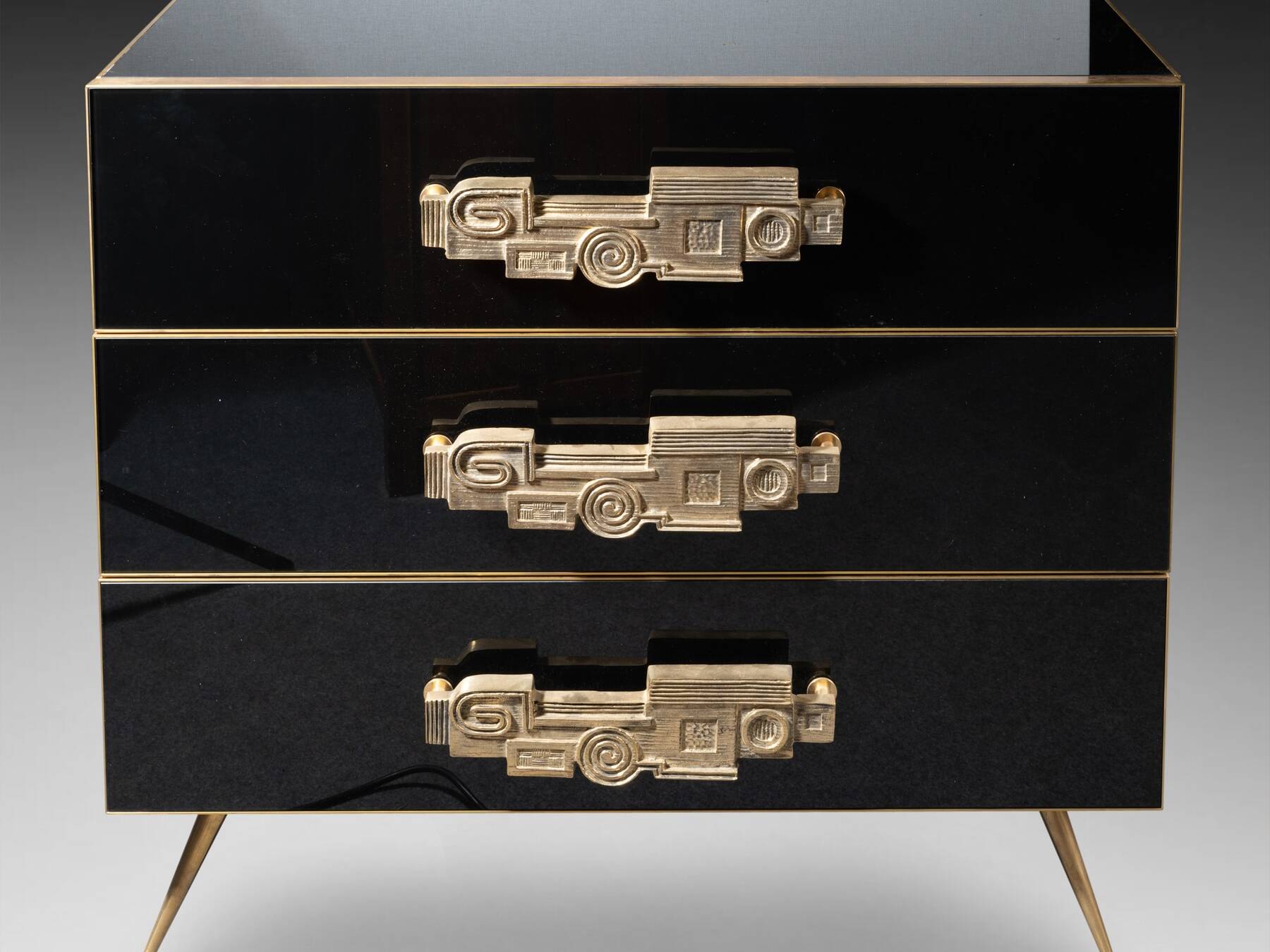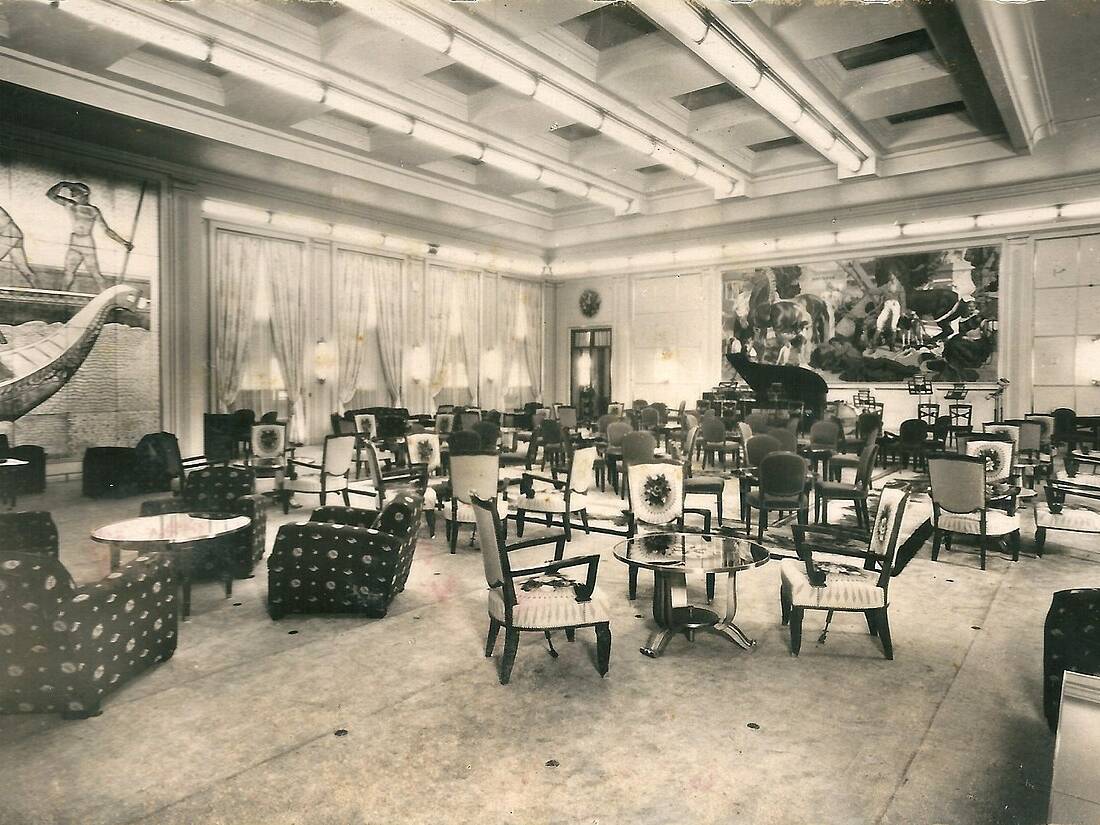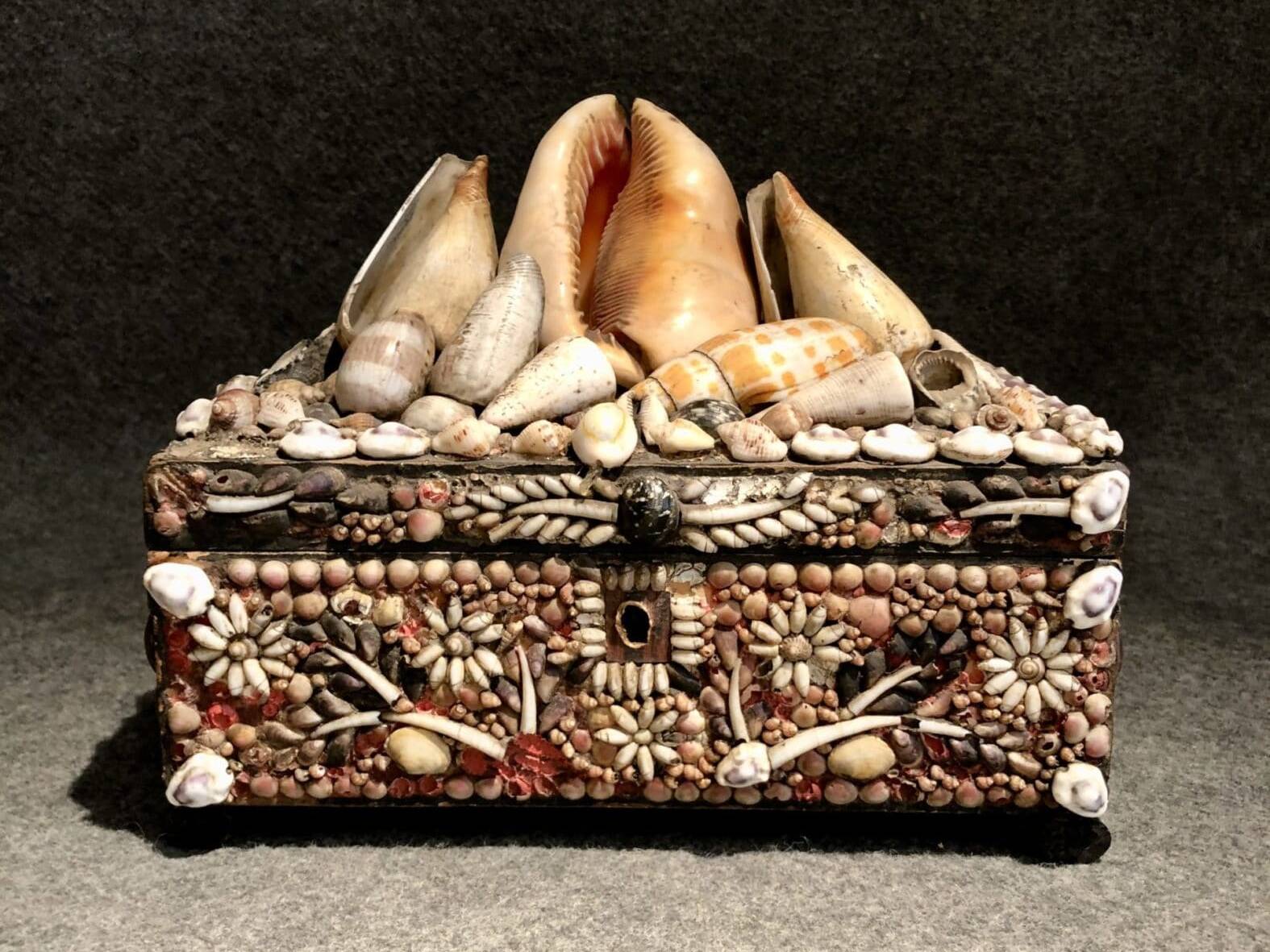The technical mastery of the material and the expertise required to work with it—particularly the ability to create directly in plaster—demand genuine artisanal and artistic know-how. Today, plaster editions are finally being re-evaluated, whether they be classical reproductions, foreign impressions, or purely decorative pieces.
The Golden Age of Casting: Between the Dissemination of Art and a Flourishing Trade
“How many precious pieces do we owe solely to the art of moulding!” exclaimed an anonymous enthusiast in 1780, capturing the sentiment of many connoisseurs and enlightened amateurs who valued plasterwork as a privileged means of accessing sculpture. At the time, it offered an affordable and accessible way to disseminate masterpieces still held in the private collections of monarchs and aristocrats.This momentum was not stifled by the Revolution or the early 19th century; on the contrary, it was encouraged, particularly in the context of promoting an appreciation for Antiquity and supplying art schools with educational models. The casting market then experienced a veritable boom.Workshops such as those established by Pellegrini Poli or Mathieu Frediani in Paris at the start of the 19th century exemplify this trend. Their stores offered a wide range of plaster items: “figures for interior decoration,” “capitals, bas-reliefs, rosettes, friezes,” “Christs, Saints, and Madonnas for churches,” and even “moulds for artists.” These studio-boutiques catered to a variety of tastes, offering classical, religious, or decorative models suitable for bourgeois interiors, gardens, or places of worship. Italian mould-makers, renowned for their technical skill, dominated this Parisian market—a reputation they had already secured through their excellence in gypserie (ornamental plasterwork).
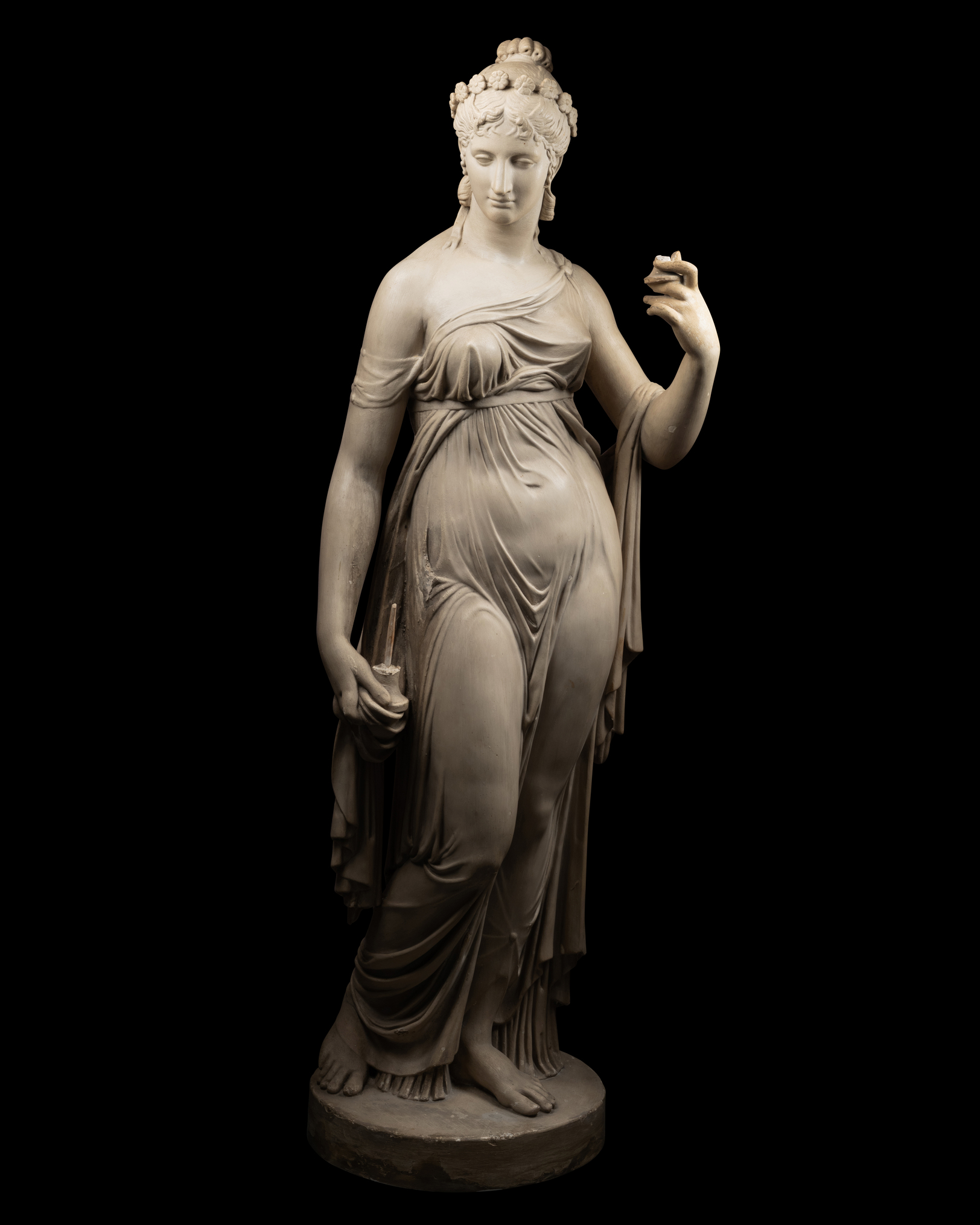
Models to Suit Every Taste
The 19th century was known for its rapid shifts in both political regimes and artistic fashions. After the neoclassicism cherished under the Empire, the 1830s saw a growing enthusiasm for Medieval and Renaissance works. Yet clients remained attached to different styles, and to satisfy all preferences, mould-makers expanded their offerings: miniatures, copies based on engravings, original creations inspired by celebrated models, and even inventive assemblages resulting from marcottage—a technique of recombining elements from various existing sculptures.
Moreover, this clientele was not only varied in taste and budget, but also in social background. Nearly anyone could acquire a plaster edition: artists, cultured collectors, decorators, and religious institutions each had their own demands, expectations, and preferences. This diversity helped mask the serial nature of the production while still allowing for customization (size, patina, etc.) according to individual desires.
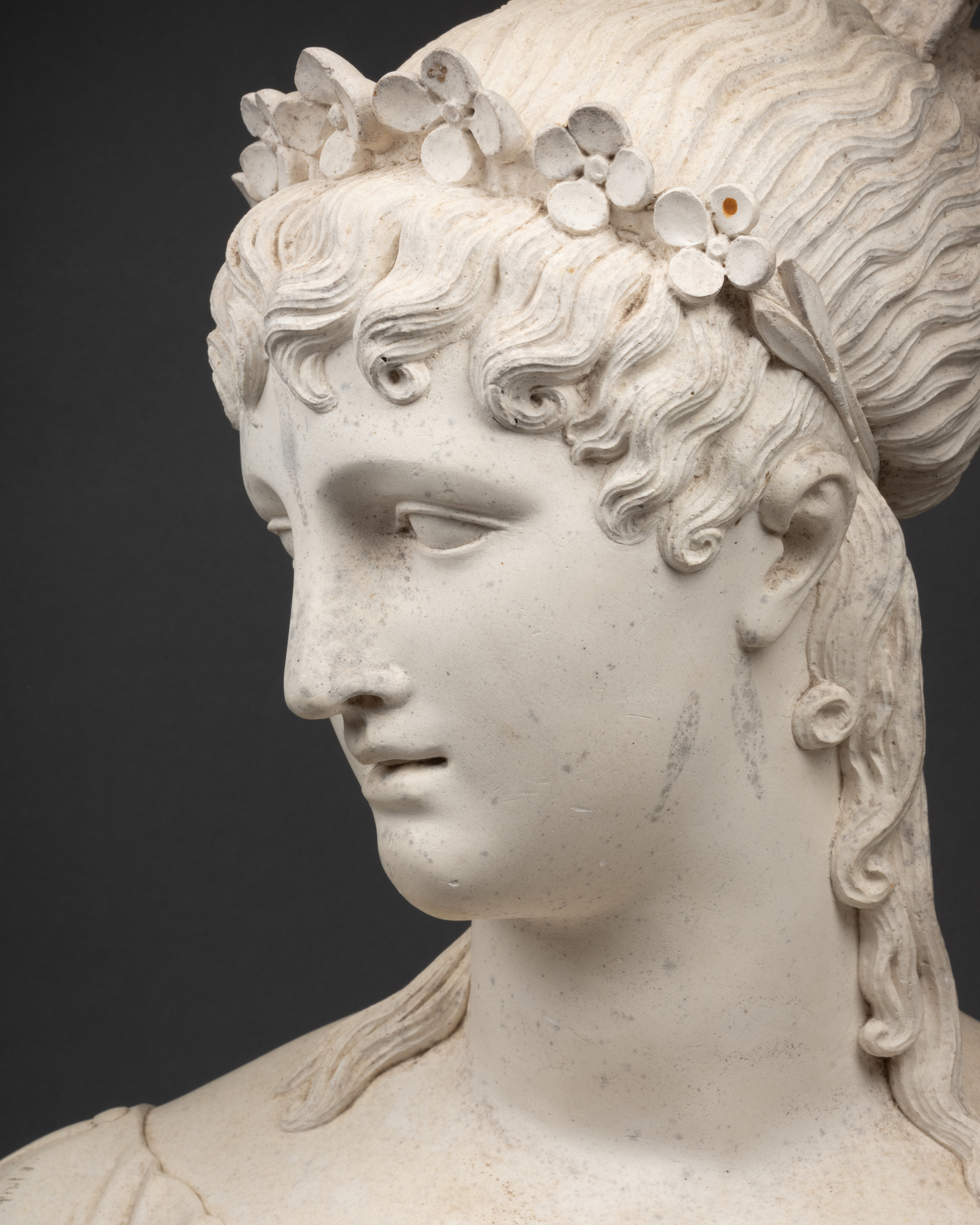
Plaster as the Memory of Artistic Gesture
Beyond its role in reproduction—which often dominates perceptions of plasterwork—plaster holds a central place in the sculptural creative process itself. In the 19th century, nearly all sculptors, save for proponents of direct carving, used plaster as an intermediary between the modeled clay and the final marble or bronze. This material, faithful to the artist’s hand, is often the only surviving trace of the original creative act.
Auguste Rodin’s use of plaster is especially telling. Between 1911 and 1913, the sculptor had his studies—particularly those of Clemenceau—cast daily in plaster, thereby capturing every stage of his evolving vision. Often dated, these plasters allow us today to “trace the thread of his creative process,” as noted by Antoinette Le Normand-Romain, French curator and renowned art historian specializing in 19th-century sculpture and Rodin’s oeuvre in particular.
Decline and Neglect in the 20th Century
After more than a century of fervent interest, plaster—both as material and as form—fell from grace at the dawn of the 20th century. Barely regarded as secondary objects, plaster casts were frequently discarded with little concern. One director of the Royal Scottish Museum famously described them, with scathing wit, as “dust returning to dust.”
These works were criticised for their multiplicity, perceived as undermining the uniqueness and originality deemed essential to true artistic creation. Was this an instinctive reaction against a burgeoning consumer culture that reproduced without restraint, with no regard for artistic gesture or craftsmanship? Perhaps.
Nonetheless, certain casts—such as those of Trajan’s Column made before 1669—remain invaluable records of artworks damaged by time. In this sense, some narrowly escaped destruction, awaiting a more appreciative era.

Contemporary Revival: Between Memory and Artistic Recognition
By the 1980s, a more favorable climate for plaster art began to take hold. In France, Germany, Italy, and the United Kingdom, renewed interest arose around historical casting collections. Curators and scholars began to examine their histories, restoring the value long denied them. The Victoria and Albert Museum in London undertook the restoration of its famed Cast Courts during this period. These galleries, opened in 1873 and housing an extraordinary array of plaster casts, were at the time likened by The Builder magazine to a first glimpse of Mont Blanc—”an impression difficult to erase.” Understandably so, with monumental reproductions of Michelangelo’s David, Trajan’s Column, the tomb of Peter Vischer, and works by Jean Goujon among the highlights of the collection.Gradually, museums began to reintroduce plasters into their exhibitions, placing them alongside original works. Once again, they were appreciated for their craftsmanship and technique. Veronika Tocha, of Berlin’s Gipsformerei (the casting workshop of the National Museums), notes the following:
Parallels can be drawn between plaster casting and photography, which too was long received reductively—as the product of a purely technical process and a mere tool of reproduction—only to be eventually emancipated from such readings and recognized as an image, and later, as a legitimate art form in its own right. This process of recognition, in the case of plaster casts, remains incomplete.
Conserving certain plaster casts is now also seen as an act of heritage preservation. Some casts remain the only surviving records of vanished originals—such as those made before the restoration of the church of Santa Maria dei Miracoli, now invaluable witnesses of a lost state.
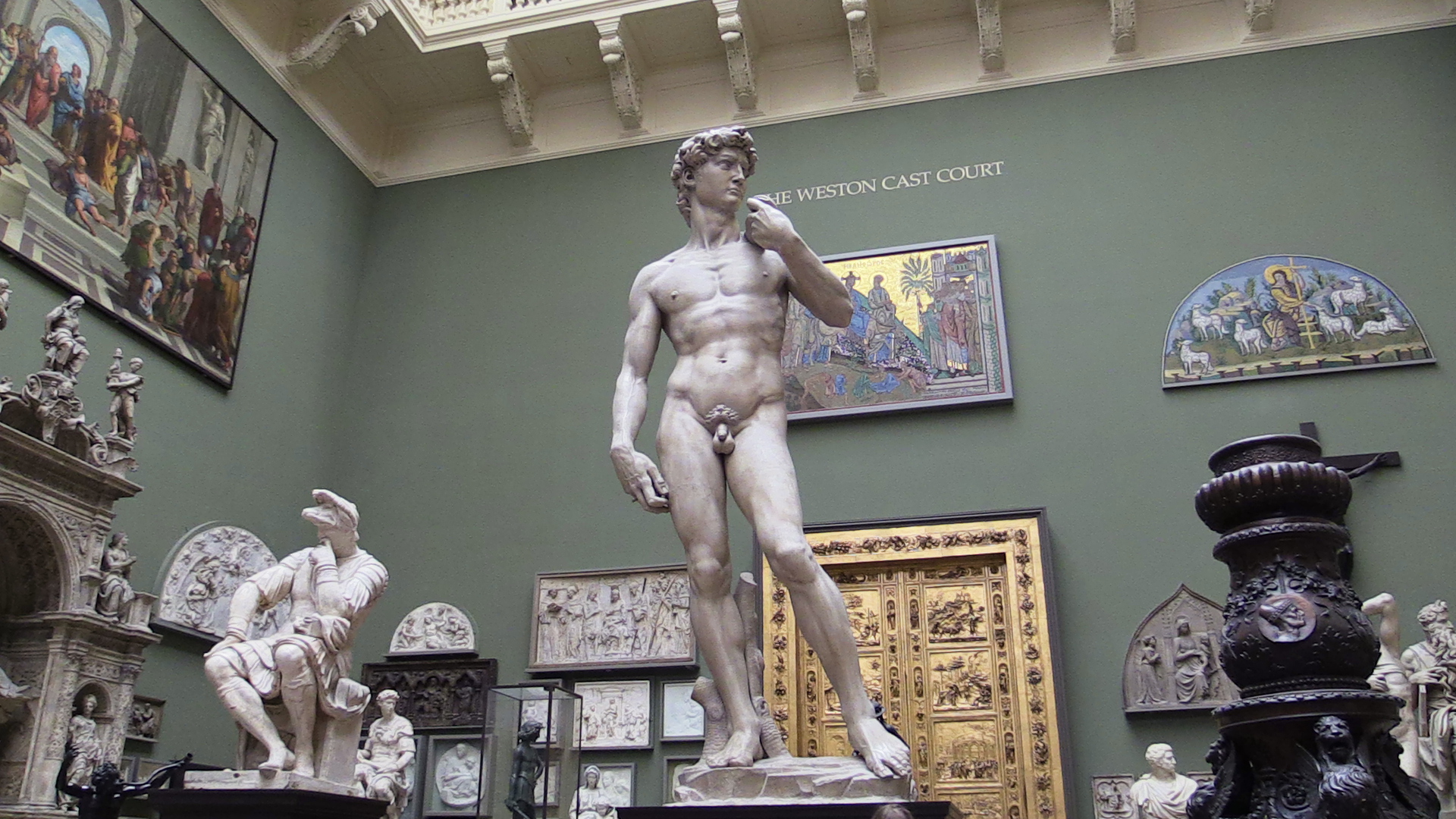
A Rediscovered Value in the Art Market
Following this institutional and academic reevaluation, plaster casts have also regained visibility on the art market. Prominent houses such as Sotheby’s, Christie’s, Drouot, and Artcurial now regularly feature workshop plasters or historic editions. Their value is increasingly determined by provenance, condition, date of casting, and their connection to the original models.
From the 19th to the 21st centuries, cast plaster sculpture has undergone multiple shifts in perception, traversing contexts and evolving in meaning—from pedagogical tool or ornamental piece to object of artistic and historical significance. Its dual nature—at once faithful record and autonomous creation—is the source of its richness. In rediscovering this technique, this unique art form, museums, contemporary artists, and collectors are collectively restoring plaster’s rightful place within the broader history of art and sculpture.

Autres ressources et documentations
17 April 2025
The Middle-Ages Furniture
Rare and highly sought-after, Middle-Ages furniture is making a strong comeback. An overview of this market, where enlisting the guidance of a professional is strongly advisable.
18 March 2025
Murano Glass Furniture
Since the beginning of the 20th century, Murano glassmakers have been exploring new horizons. After classic lighting and decorative art, Murano glass is now used to adorn…
16 December 2024
A bronze triton after the sculptures of François Girardon (1628 – 1715) in Versailles
This fountain element is all the more admirable as it is sculpted after the masterpieces of the Pyramid Basin, on the parterre of the North Wing of the Versailles gardens.
18 November 2024
Tyco Bookcase, by Manfredo Massironi, for Nikol International
A pure creation of optical art research in the 1960s, the Tyco library shelf designed by Manfredo Massironi invites the viewer to bring the work of art to life on a daily basis.
3 August 2024
The Ocean Liner Style
In the 20th century, the immense ocean liners connecting the Old Continent and the New World were ambassadors of tastes and innovations on both sides of the Atlantic.
15 July 2024
An 18th Century Shell Box
From the Regency to the death of Louis XV, the art of the shell was the center of all attention.


